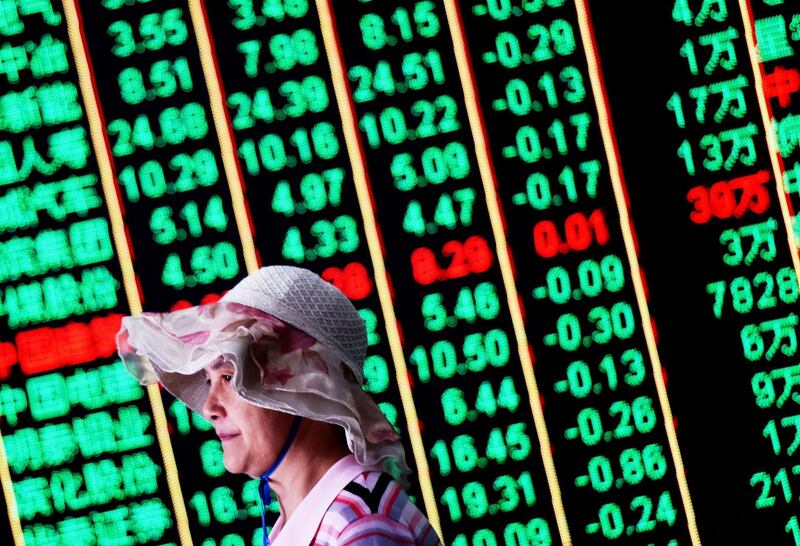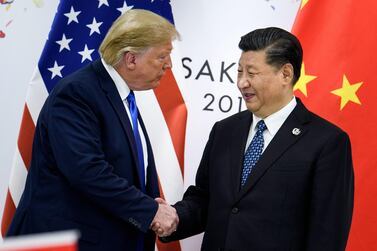Emerging market (EM) flows are projected at a healthy level in the second quarter of this year, despite heightened trade tensions in recent months, according to the latest capital in and outflows tracker from the Institute of International Finance.
Second-quarter flows into emerging markets excluding China are estimated at $23 billion – only slightly below the level in the first quarter ($31bn), the report noted.
“The pace of flows to non-China EM has been remarkably robust in Q2, tracking at around $23bn, despite the rise in trade tensions since Q1,” the IIF said. “In part, this healthy pace of flows may also reflect the dovish shift by the G3 central banks [those governing the US dollar, the euro and the Japanese yen], which may have re-energised the hunt for yield.”
In addition, real money flows into EM stocks and bonds have surged recently – “perhaps in anticipation of a benign outcome to China-US trade talks”, the IIF said.
On Saturday, US president Donald Trump and Chinese President Xi Jinping agreed to another truce in their trade war, halting rising tensions that have threatened global economic growth. The world’s two biggest economies have imposed reciprocal tariffs on various exports since last year, hampering the flow of bilateral trade.
The two sides on Saturday agreed to restart trade negotiations that broke down last month, and the US agreed to put no new tariffs on Chinese goods. The return to the negotiating table ends a six-week stalemate that has unnerved companies and investors. However, it remains unclear whether the two countries can permanently resolve the dispute. A previous truce reached at last year’s G20 Summit had already collapsed.
The IIF’s capital flow tracker spans 20 of the world’s key emerging markets, including China, Brazil, India and Turkey, and covers a three-week period through to Saturday.
Despite healthy flows for non-China EM markets, the outlook remains difficult, the report said, given the large amounts of "hot money" (capital transferred between financial institutions in an attempt to maximise interest or capital gain) in recent years. This has caused a structural drag on new inflows.
Amid robust flows to non-China EM in Q2, China’s core current account surplus remains near record highs. However, further US tariffs, if the trade dispute continues ,could tip the balance and cause the Chinese currency, the renminbi to depreciate.
“The RMB is being kept artificially strong presently – something that could change if additional tariffs were imposed and depreciation pressure were to grow more acute,” the report said.







